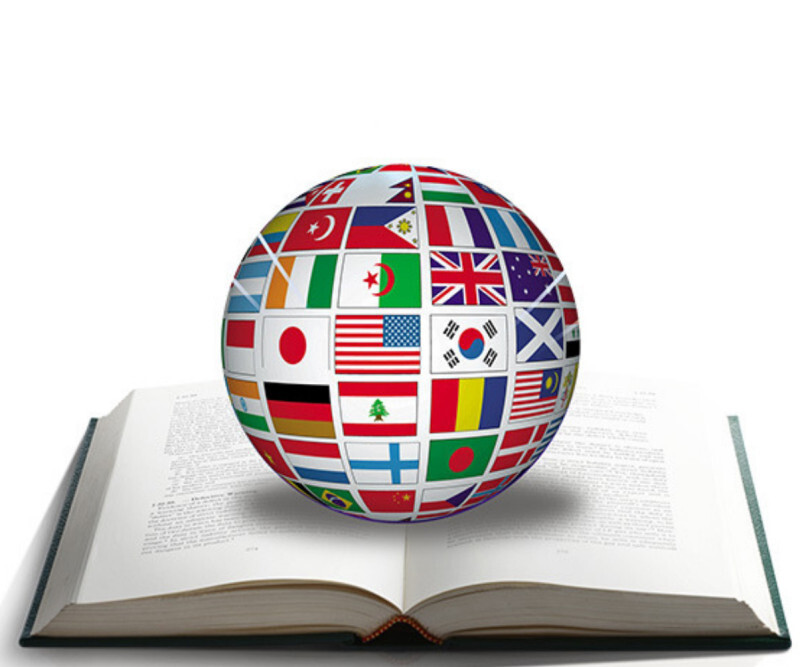International Mother Language Day is celebrated annually on February 21, to promote cultural and linguistic diversity around the world. The chosen date commemorates the students who lost their lives in 1952, being shot by the police for demanding the official recognition of the language of the native population of eastern Pakistan.
It was proclaimed at the UNESCO General Conference on November 17, 1999 and was celebrated for the first time by the United Nations Organization in 2000. Later the UN General Assembly, through the resolution of May 16, 2007, invited member states "to promote the conservation and the protection of all languages used by the peoples of the world".
The mother language is the most powerful tool for the preservation and development of material and immaterial world heritage and an essential component in the process of defining a national minority, say UNESCO officials. Its appropriation as well as its use as a means of communication contribute to the preservation and perpetuation of the identity of each minority. Unfortunately, data shows that every two weeks, a non-dominant language disappears, and with it the entire cultural and intellectual heritage of its speakers. At least 43% of the 6,000 languages spoken in the world are endangered. Only a few hundred languages have been given a place in education systems and the public domain, and less than a hundred are used in the digital world.
The 2023 theme of International Mother Language Day is "Multilingual education - a necessity to transform education". The discussions will be based on the following three interconnected themes: improving multilingual education starting from early childhood education; supporting learning through multilingual education and multilingualism in rapidly changing global contexts and in crises, including emergency contexts; the revitalization of languages that disappear or are threatened with extinction, according to www.un.org. Multilingual education based on the native language facilitates access and inclusion in learning for population groups that speak non-dominant languages, languages of minority groups, and indigenous languages.
Faculties
- Faculty of Engineering
- Faculty of Naval Architecture
- Faculty of Food Science and Engineering
- Faculty of Automation, Computer Sciences, Electronics and Electrical Engineering
- Faculty of Physical Education and Sports
- Faculty of Letters
- Faculty of Sciences and Environment
- Faculty of History, Philosophy and Theology
- Faculty of Engineering and Agronomy in Braila
- Faculty of Economics and Business Administration
- Faculty of Social, Political and Legal Sciences
- Faculty of Medicine and Pharmacy
- Faculty of Arts
- Cross-Border Faculty of Humanities, Economics and Engineering
- Subsidiary of the Faculty of Medicine and Farmacy in Enna - Italy
Useful links
- Ministry of Education and Scientific Research
- The Romanian Agency for Quality Assurance in Higher Education
- National Council for Attesting Titles, Diplomas and Certificates
- Executive Agency for Higher Education, Research, Development and Innovation Funding
- Student's Association
- Students Cultural Club
- AIESEC
- "V.A. Urechia" Library of Galați



